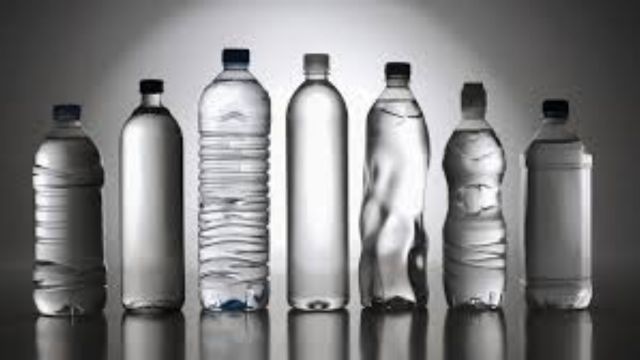Bottled water is often seen as a quick and easy solution for staying hydrated on the go. However, not all bottled water is created equal, and there are more factors to consider than just the brand name. From potential contaminants to misleading labeling, choosing bottled water wisely requires understanding more than just what’s on the surface.
One critical aspect to be aware of is the type of plastic used in the water bottle, often indicated by the recycling code. The numbers and letters near the recycling symbol can tell you a lot about the safety of the bottle, its environmental impact, and its potential risks to your health.
Here’s a breakdown of what these recycling codes mean, along with tips for making the healthiest and most environmentally conscious choice when buying bottled water.
Understanding the Recycling Codes on Bottled Water
- PET or PETE (Polyethylene Terephthalate, Recycling Code #1)
- Common Use: Most disposable water bottles are made from PET or PETE.
- Pros: Lightweight and highly recyclable.
- Cons: Designed for single use. Reusing or exposing PET bottles to heat can lead to chemical leaching into the water.
- HDPE (High-Density Polyethylene, Recycling Code #2)
- Common Use: Milk jugs, reusable water bottles, and thicker plastic containers.
- Pros: One of the safest plastics, with minimal risk of leaching harmful chemicals.
- Cons: Not commonly used for single-use water bottles.
- PVC (Polyvinyl Chloride, Recycling Code #3)
- Common Use: Food wraps, plumbing pipes, and some beverage containers.
- Pros: Durable and versatile.
- Cons: Known to leach harmful chemicals like phthalates, which can disrupt hormones. Best to avoid for food and water storage.
- LDPE (Low-Density Polyethylene, Recycling Code #4)
- Common Use: Flexible plastics like squeezable bottles, plastic bags, and food wraps.
- Pros: Less likely to leach harmful chemicals.
- Cons: Rarely used for water bottles.
- PP (Polypropylene, Recycling Code #5)
- Common Use: Yogurt containers, reusable water bottles, and straws.
- Pros: Heat-resistant and considered safe for repeated use.
- Cons: Less commonly used for disposable water bottles.
- PS (Polystyrene, Recycling Code #6)
- Common Use: Styrofoam cups and takeout containers.
- Pros: Lightweight and inexpensive.
- Cons: Known to leach styrene, a potential carcinogen. Avoid using for food and water storage.
- Other or PC (Polycarbonate, Recycling Code #7)
- Common Use: Large reusable water jugs, baby bottles, and some sports bottles.
- Pros: Durable and reusable.
- Cons: Often contains BPA, a chemical linked to hormone disruption. Look for “BPA-Free” labels if opting for this plastic.
What to Look For in Bottled Water Plastics
- Prioritize HDPE (#2) or PP (#5): These are considered the safest plastics for water storage and reuse.
- Be Cautious with PET (#1): PET is safe for single use, but avoid reusing these bottles, as heat or prolonged use may cause chemicals to leach into the water.
- Avoid PVC (#3), PS (#6), and PC (#7): These plastics pose the highest health risks due to their tendency to leach harmful chemicals, including hormone-disrupting phthalates and BPA.
When choosing bottled water, it’s important to look beyond just the label and consider the type of plastic used in the bottle. By making informed choices about the plastics in your water bottle, you can reduce your exposure to harmful chemicals and help protect the environment. So, next time you reach for a bottle, take a moment to check the recycling code—and hydrate safely.

